March 1 is Dr. Seuss Day. Every year when it comes around, I am reminded of this experience.
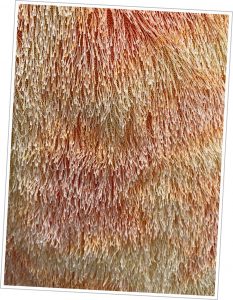 I am fortunate to have a son who is always willing to help me out. When I needed to have my large embroidery machine serviced, he carried it in without a hint of annoyance. He never complained while I chatted with the shop owner. He carted my bolts of fabric to the cutting table and waited patiently. So when an extra bolt appeared on the pile, I really couldn’t complain. I knew it had to be his. But when I looked at the orange fabric—it was furry, no fringy, no stringy, no… very different.
I am fortunate to have a son who is always willing to help me out. When I needed to have my large embroidery machine serviced, he carried it in without a hint of annoyance. He never complained while I chatted with the shop owner. He carted my bolts of fabric to the cutting table and waited patiently. So when an extra bolt appeared on the pile, I really couldn’t complain. I knew it had to be his. But when I looked at the orange fabric—it was furry, no fringy, no stringy, no… very different.
“Without a doubt, I knew this was going to be my next sewing project — payback.”
Cautiously I asked, “And what did you have in mind?” He replied, “I thought it looked like the Lorax. I figured you could make me a Lorax vest for Dr. Seuss Day.”
OK, ordinarily a vest is easy—but it had to be shapeless like the Lorax. Then it had to close in the front, but buttonholes just wouldn’t work with this . . . fringy, stringy, furry fabric. Hmmm… I found an open front hippy style vest pattern in my stash. Feeling quite smug, I figured I could whip out this vest in under 2 hours. I laid out the pattern and began cutting. That’s when my luck changed.
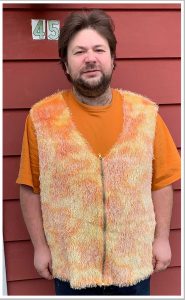 The fabric backing was a stretch knit that rolled terribly! If cutting furry fabric wasn’t difficult enough, cutting one that stretched and rolled was nearly impossible. After just a few snips of the scissors, fur was flying everywhere. Then the knit backing started to run like a nylon stocking. OMG! I had to darn the fabric before I could even stitch the vest together. Grrrrr, sewing was supposed to relieve stress, not create more. Was this worth all the effort? Wouldn’t it be easier to just buy one? But where could I buy a Lorax vest to fit a grown man, and how could I get it in just 2 days? So I persevered all the while chanting my favorite mantra, “Finished is better than perfect, finished is better than perfect, FINISHED IS BETTER THAN PERFECT.”
The fabric backing was a stretch knit that rolled terribly! If cutting furry fabric wasn’t difficult enough, cutting one that stretched and rolled was nearly impossible. After just a few snips of the scissors, fur was flying everywhere. Then the knit backing started to run like a nylon stocking. OMG! I had to darn the fabric before I could even stitch the vest together. Grrrrr, sewing was supposed to relieve stress, not create more. Was this worth all the effort? Wouldn’t it be easier to just buy one? But where could I buy a Lorax vest to fit a grown man, and how could I get it in just 2 days? So I persevered all the while chanting my favorite mantra, “Finished is better than perfect, finished is better than perfect, FINISHED IS BETTER THAN PERFECT.”
Two days later I emerged from the sewing cave looking like a mutant with orange hair everywhere but carrying a completed vest in hairy hand. Ignoring my orange hairy body, he put on his vest and said he would wear it to work the next day, Dr. Seuss Day. And he did, with LORAX written on his name tag.
The vest is not an example of sewing perfection. But it is perfect for him. How do I know? From the twinkle in his eye and the smile on his face when someone said, “Nice vest,” and he replied, “Yeah, I’m the Lorax, and my mom made it for me.”
Was it worth all the stress? YES, every hairy minute! And that’s why I sew.
~ Post by Rosemary Fajgier







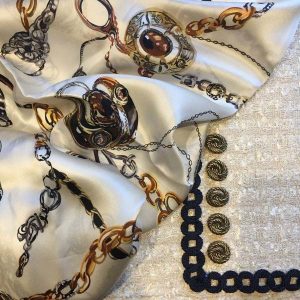
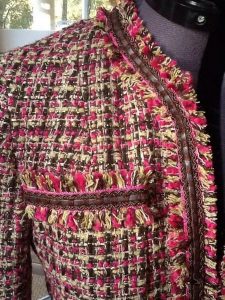
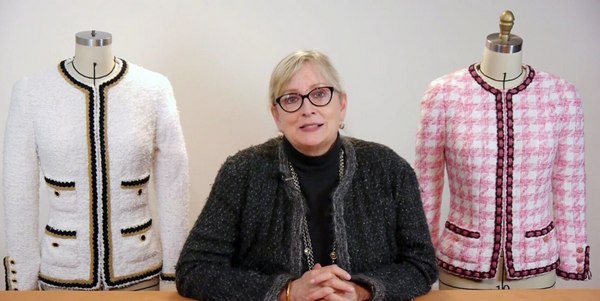
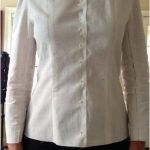

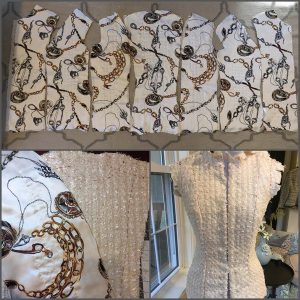
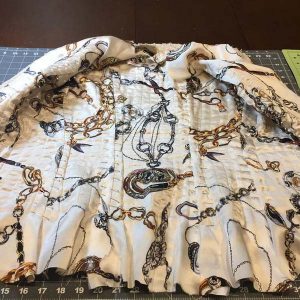


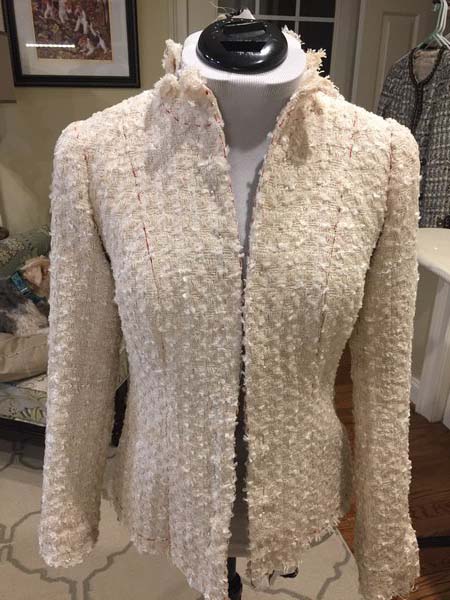
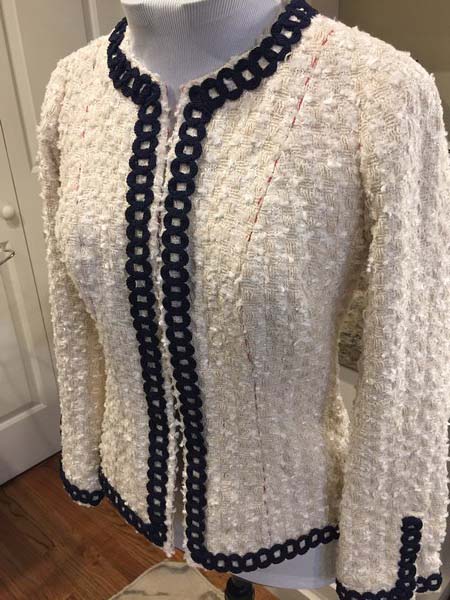
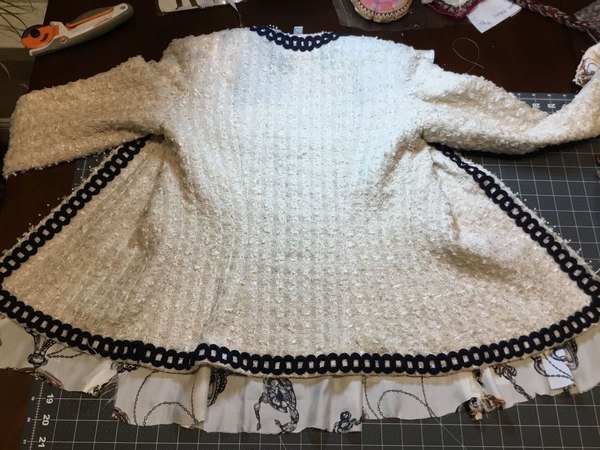
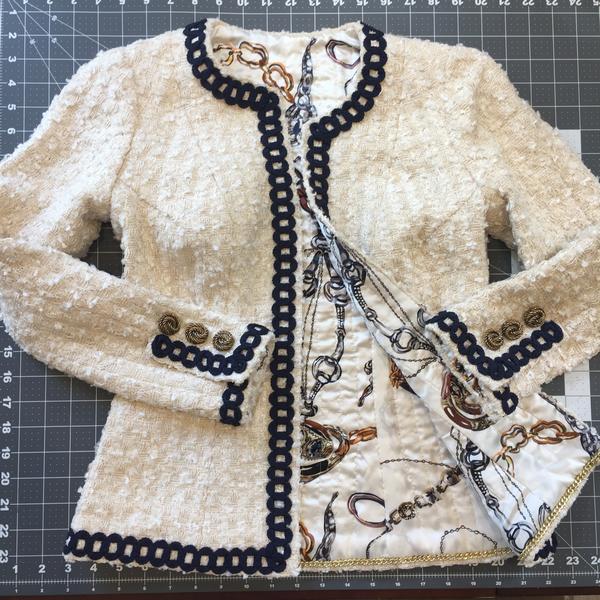
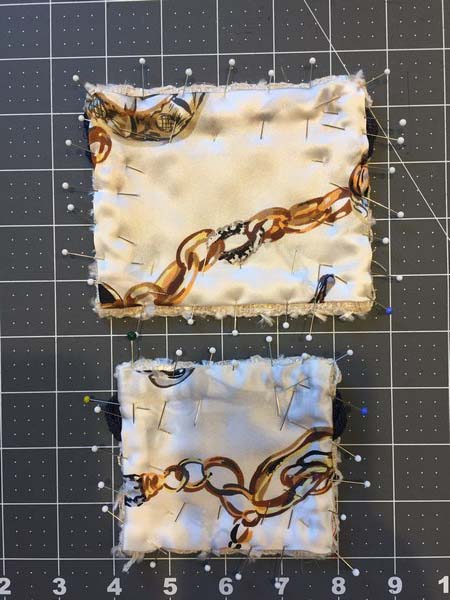
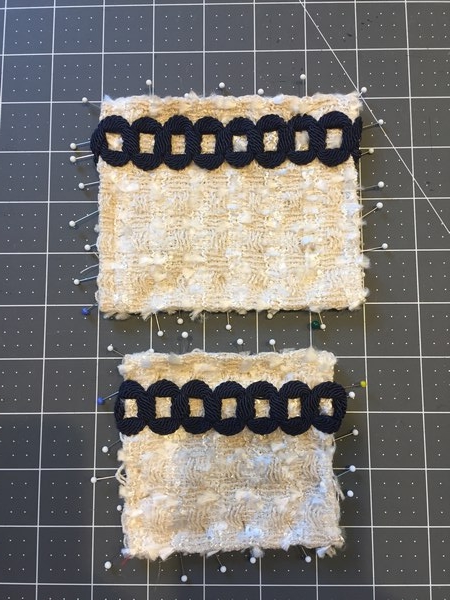
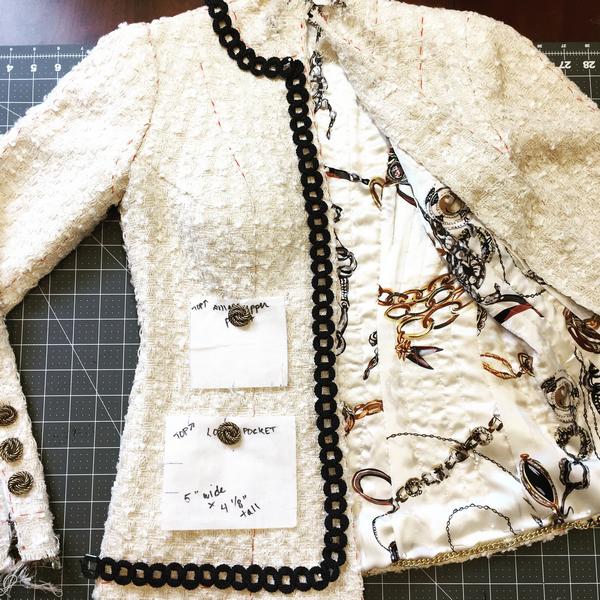
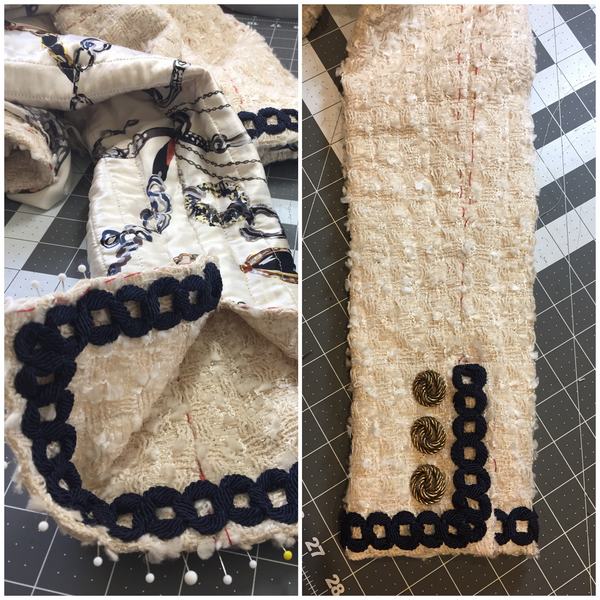
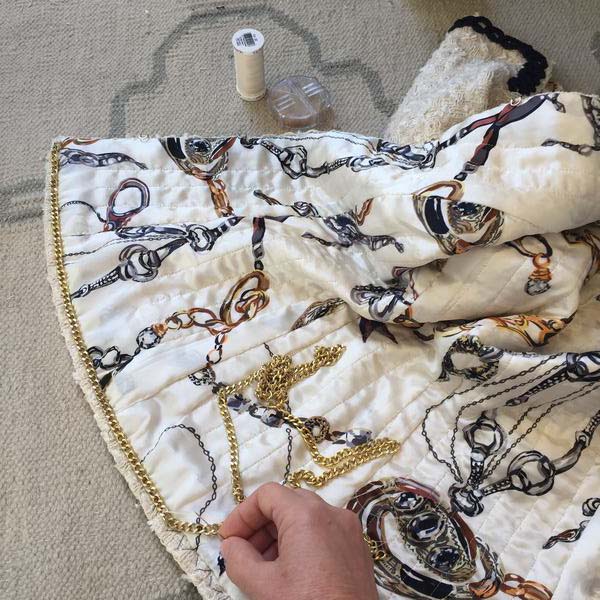
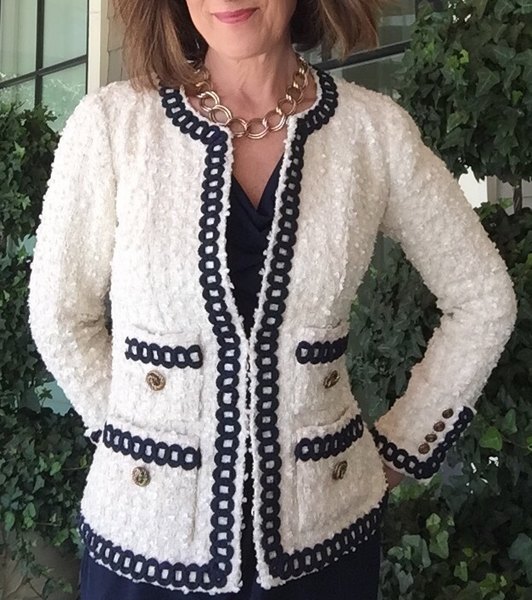
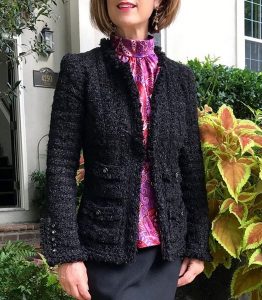

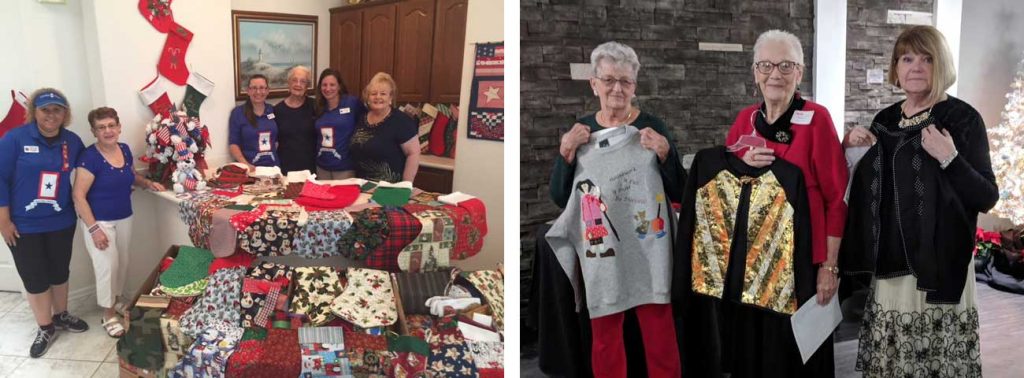
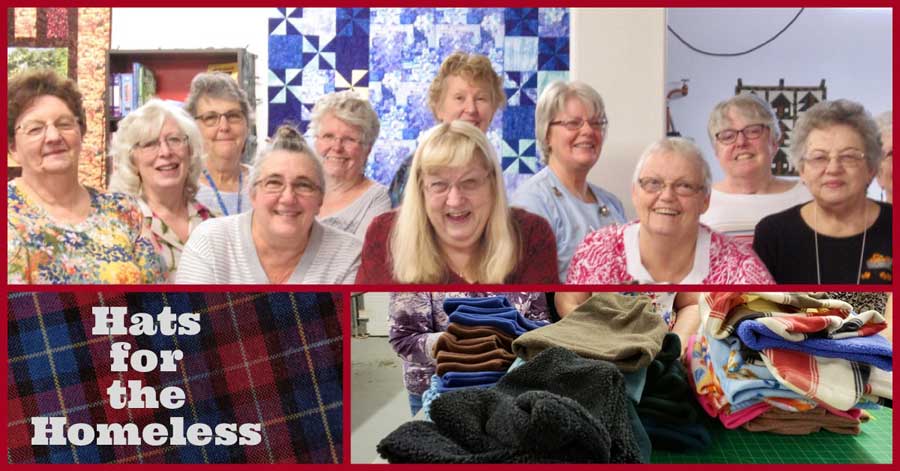
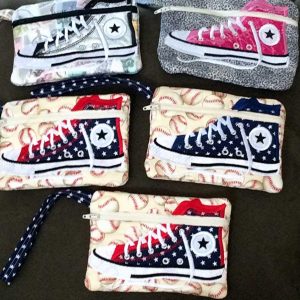 The bags feature great detail, yet are very simple to make using the downloadable in the hoop (ITH) embroidery designs from Disorderly Threads. Donna promised that the instructions were easy to follow, and those who later went to the site and purchased patterns from them confirmed that the instructions were exactly as Donna described. Each design comes with its own set of clearly written procedures featuring pictures every step along the way to guide even the novice machine embroiderer to success through embroidery and applique aspects of the designs.
The bags feature great detail, yet are very simple to make using the downloadable in the hoop (ITH) embroidery designs from Disorderly Threads. Donna promised that the instructions were easy to follow, and those who later went to the site and purchased patterns from them confirmed that the instructions were exactly as Donna described. Each design comes with its own set of clearly written procedures featuring pictures every step along the way to guide even the novice machine embroiderer to success through embroidery and applique aspects of the designs.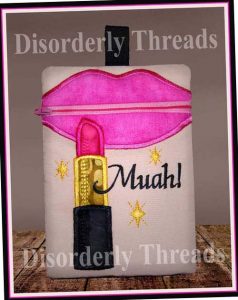
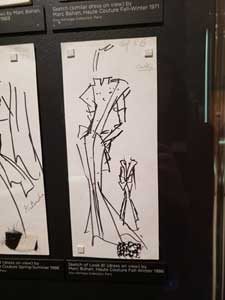 On a beautiful, sunny day in January, the Colorado Springs ASG garment group toured the Dior exhibition held at the Denver Art Museum. I had heard glowing reviews from other friends who had attended, but I was not prepared for the scope of the offering. A selection of more than 200 couture dresses was on display, along with many drawings, mood boards and accessories. The exhibition was even more fantastic because of the way the garments were presented, having been designed by the internationally renowned architect Shohei Shigematsu.
On a beautiful, sunny day in January, the Colorado Springs ASG garment group toured the Dior exhibition held at the Denver Art Museum. I had heard glowing reviews from other friends who had attended, but I was not prepared for the scope of the offering. A selection of more than 200 couture dresses was on display, along with many drawings, mood boards and accessories. The exhibition was even more fantastic because of the way the garments were presented, having been designed by the internationally renowned architect Shohei Shigematsu.